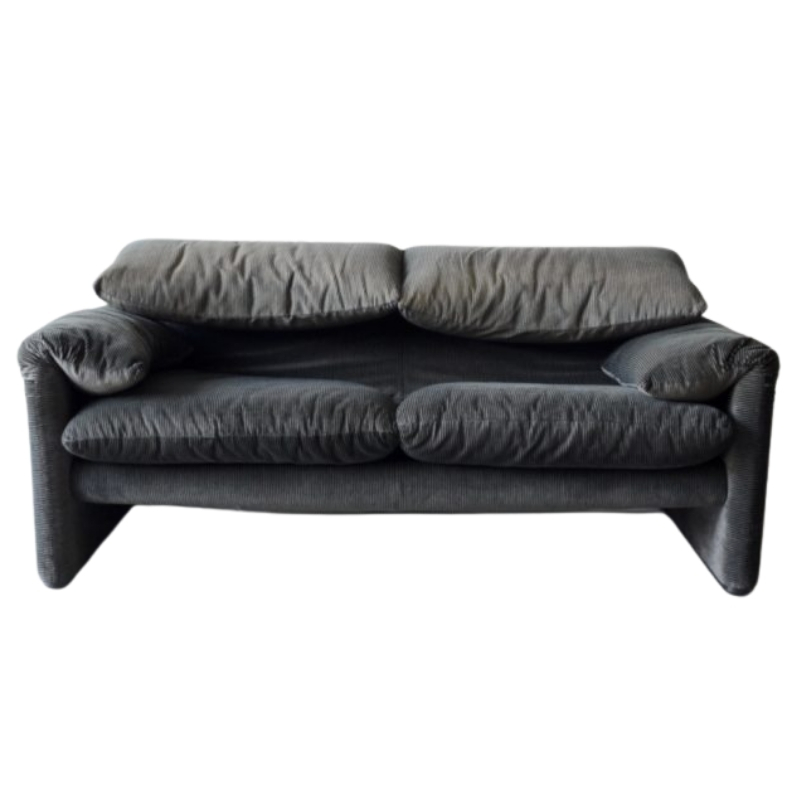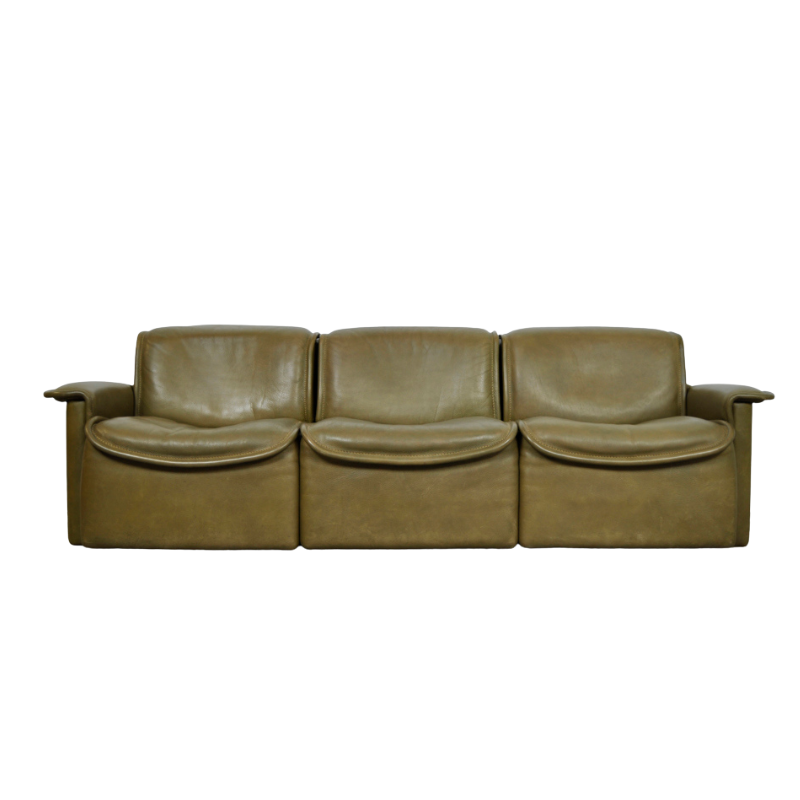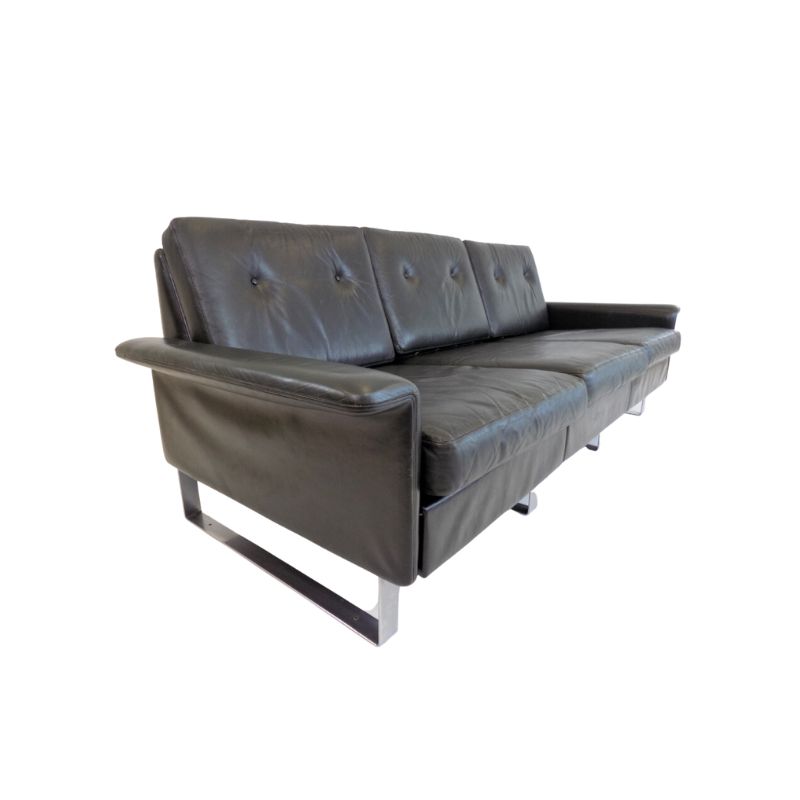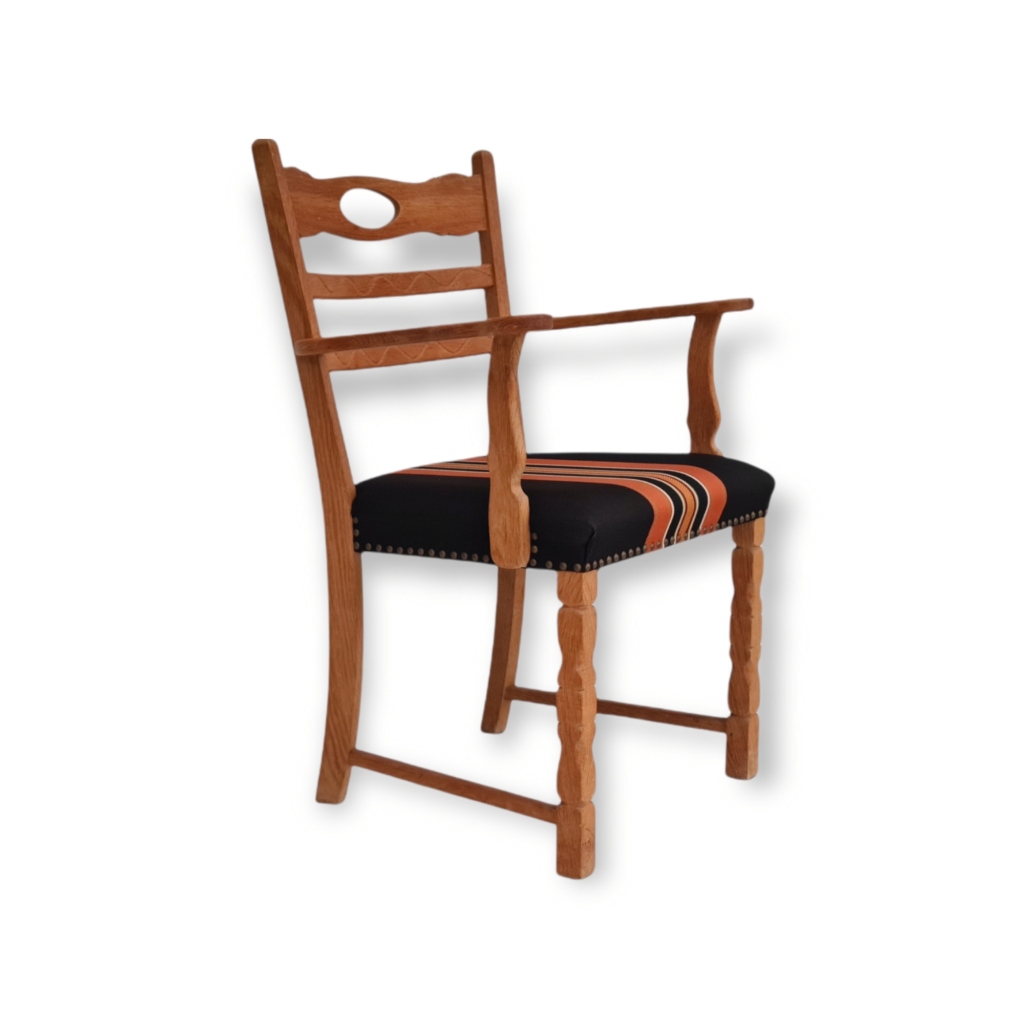So I'm finally getting a the wenge coffee table top that I've wanted forever for my brushed steel base (very much like the Florence Knoll coffee table). It'll be bare wood and I've been researching how to finish it and getting conflicting info right and left. Some say oil finish is best, others say lacquer, and still others say shellac and then oil (?!). One guy says that all these options will fail and that the oil in the wood must be stripped out with a fast-drying solvent, then quickly do a coat of shellac, then another coat of shellac, then a couple of coats of a certain type of varnish. He says this is the only thing that will adhere well to the naturally-oily wood. The guys at the wood shop recommended polyurethane.
And then there's the question of whether to fill the grain, and if so, with clear or tinted filler...?
Gah!
I want something that will protect the wood but I don't want a high gloss finish and I don't want a plasticky look. I'm getting a plain sawn cut (bookmatched! woohoo)--dunno if this means a more open grain than quarter sawn. I like the look of plain sawn wenge.
I'm inclined to go with oil at this point and just be really vigilant with coaster use. But the guy who recommended shellac and varnish said that oil finishes will never really dry on wenge because the wood is so oily itself. This doesn't make a whole lot of sense to me, but then I'm just an amateur at this stuff.
Any ideas? Opinions? Hard facts?
This is the table with the first top I had made, which is jatoba. It's nice but it's gotten more burgundy in color since this was taken and it just doesn't look very good with my other stuff. I didn't have the money for wenge at the time and settled for this instead.

That's always
a good idea. . .highly recommended.
I finished a walnut slab with wipe-on polyurethane finish, for a low-gloss effect. I had good luck with a small piece of wood, but haven't learned how to do a larger piece without overlap problems, yet. But this should be a good finish for water and wear, I would think -- if oily wood is not a problem.
If this is bookmatched solid wood, that implies a glue joint. Poly glue is very happy with moist or oily woods, apparently. So maybe poly finish is too ?
I was happy with my first attempt at a ceruse finish, pushing green paint into the open grain of some red oak (see below). I would think you could get a wonderful effect with your wenge, using green, red, yellow or white paint. . .
SDR
The first thing I did was google for info about finishes and that's where I got all the conflicting information! One site said to never use polyurethane but the guys who made the table top for me recommended that before anything else.
I used the rub-on polyurethane on the jatoba top in the photo and didn't have any trouble with overlap, but I did have to do seven or eight coats before it had an even sheen. Maybe the unevenness is what you are calling overlap.
Your oak looks great with the filled grain in green, but I definitely want just the natural color of the wenge. The pieces I chose have the really dark brown-black with lighter brown graining. I'm picking it up tomorrow. I can't wait.
If you need any help, please contact us at – info@designaddict.com









